Image
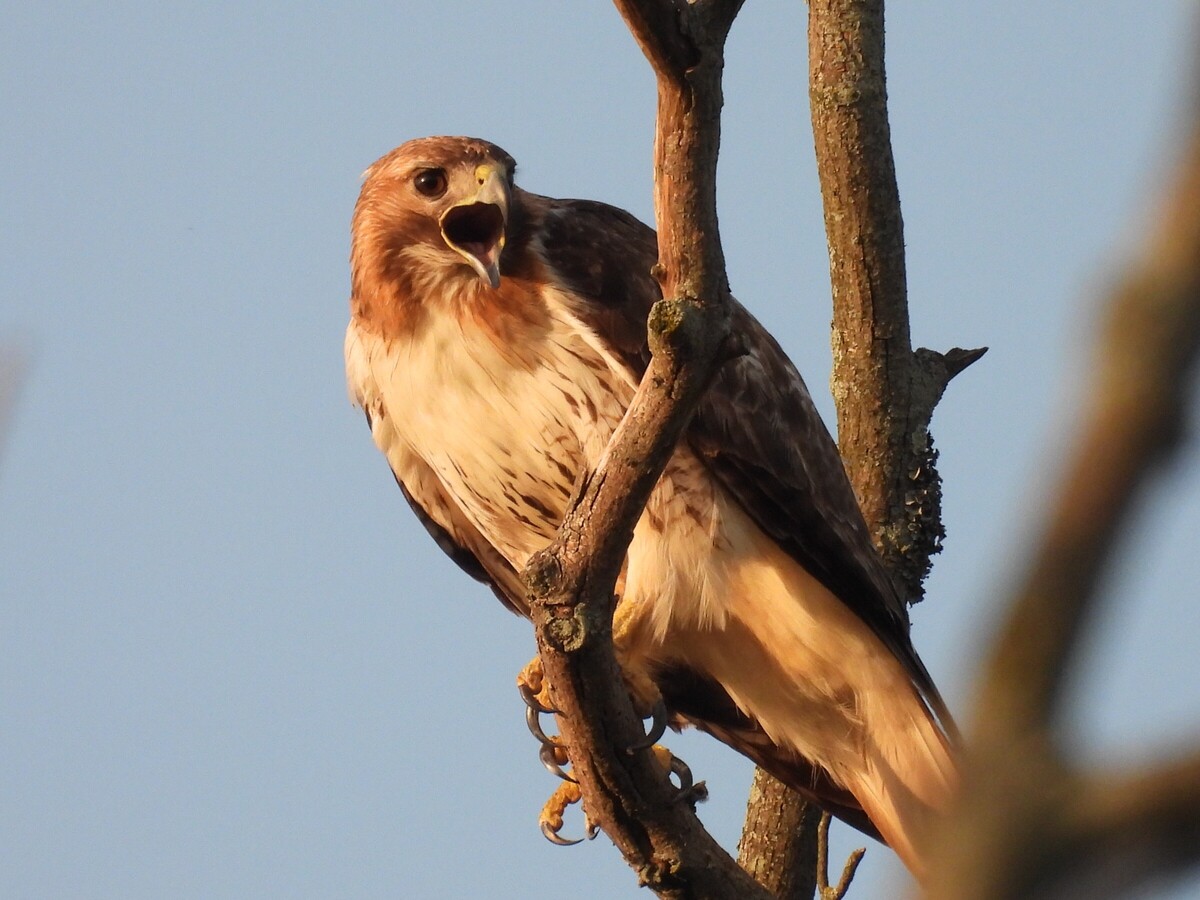
by Mike Strzelecki*
Woodland Birds
Last month we learned the songs of birds that frequent the backyards of Boyertown during the summer months. This month we will focus on the songs of birds that are residents of the Boyertown area in summer, but mostly stick to woodlands. These are birds you are likely to see and hear while taking walks in places like Boyertown Community Park, or other recreational grounds. A great place to see these birds are on the trails at French Creek State Park.
This column will introduce you to fourteen birds that can routinely be seen in wooded areas in this region. For each bird, I will describe the song and post a link to its recording. It must be remembered that birds have different calls and songs for different occasions, but I've used the song that the bird most commonly uses and is most noted for. I will also offer a few simple mnemonics to help you remember certain songs.
Also of note, birders learn quickly that bird “songs” and bird “calls” are different sounds. Bird songs tend to be longer and more complex strings of notes, usually associated with activities like courtship or territorial battles. Bird calls are shorter notes that convey a specific message, like when there is danger around, or a mother wants the baby to follow her. I saw it written that bird songs are behaviors unto themselves, whereas bird calls accompany a specific behavior. I will be providing bird songs in this column.
One of the most vocal and common woodland birds is the Eastern wood-peewee. It is a tiny brown flycatcher that likes to perch prominently on exposed branches and has a distinctive call that reverberates across the forests. Its song is a loud Pee-a-Weeeeee, with the middle syllable dropping lower than the other two. It is one of the easiest birds to identify by sound.
https://www.allaboutbirds.org/guide/Eastern_Wood-Pewee/sounds
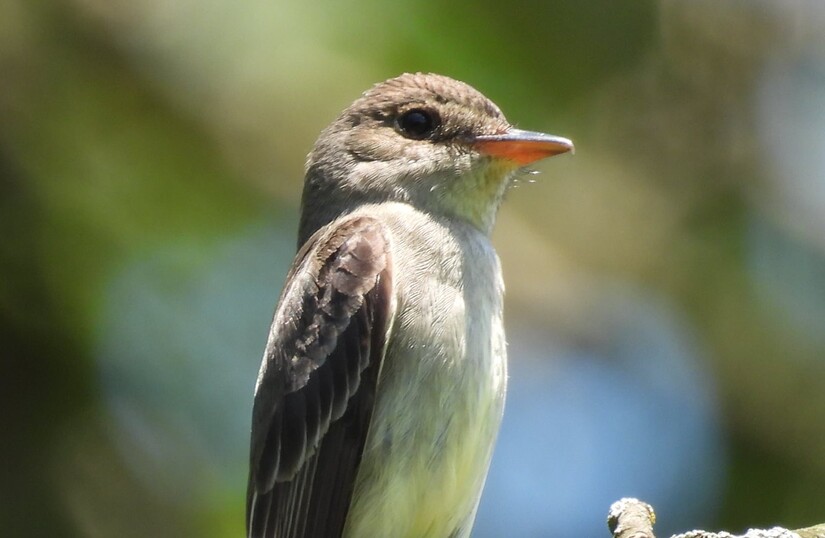
Another flycatcher that is similar in appearance to the peewee, but has a very different song, is the acadian flycatcher. They are often found perched in trees along creeks and rivers. Their song sounds like someone squeezing a dog toy, with an initial loud squeak (when the air is being forced out of the toy) and a softer follow-up squeak (when the air is refilling the toy).
https://www.allaboutbirds.org/guide/Acadian_Flycatcher/sounds
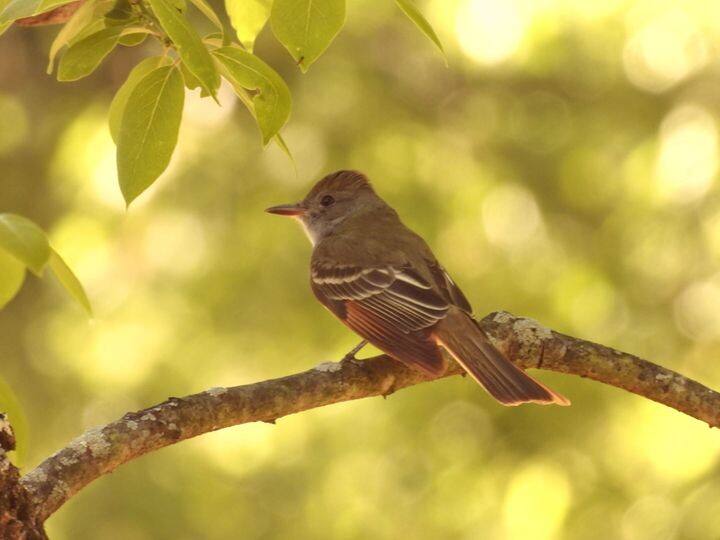
Pileated woodpeckers are the largest of that species in our area. They are identifiable from other woodpeckers by their robust size and angular red head. Woody woodpecker was modeled after a pileated woodpecker. I see pileated woodpeckers frequently in Boyertown Community Park, and there is a nest near the bandshell. To find these unique birds, listen for a series of harsh monotonic notes that sound….well, very angry. A lot of times the woodpecker is yelling at you for being too close.
https://www.bird-sounds.net/pileated-woodpecker/
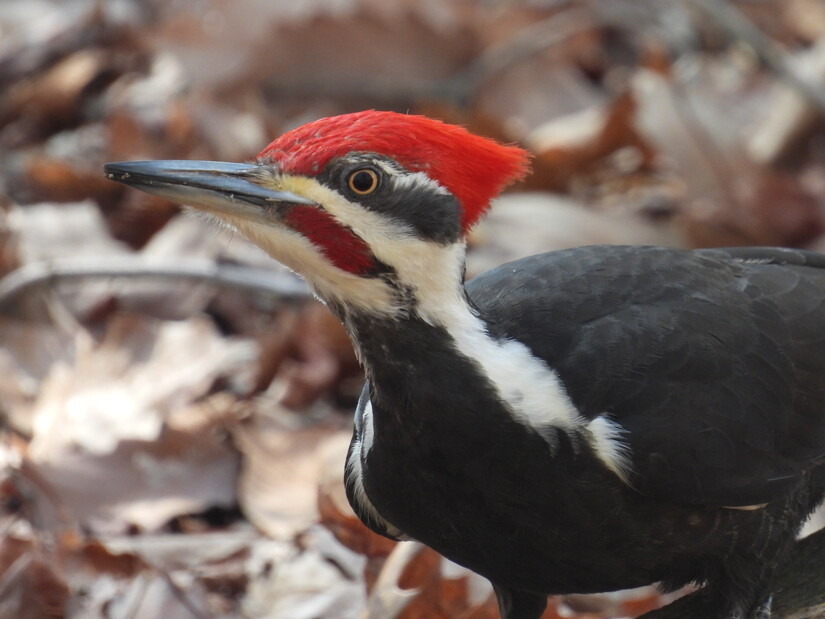
The Tufted titmouse is sometimes seen in backyards, sneaking seeds at a feeder, but more often they are seen in wooded areas. It has a loud, recognizable call that sounds like it is screaming “Peter, Peter, Peter.”
https://www.allaboutbirds.org/guide/Tufted_Titmouse/sounds
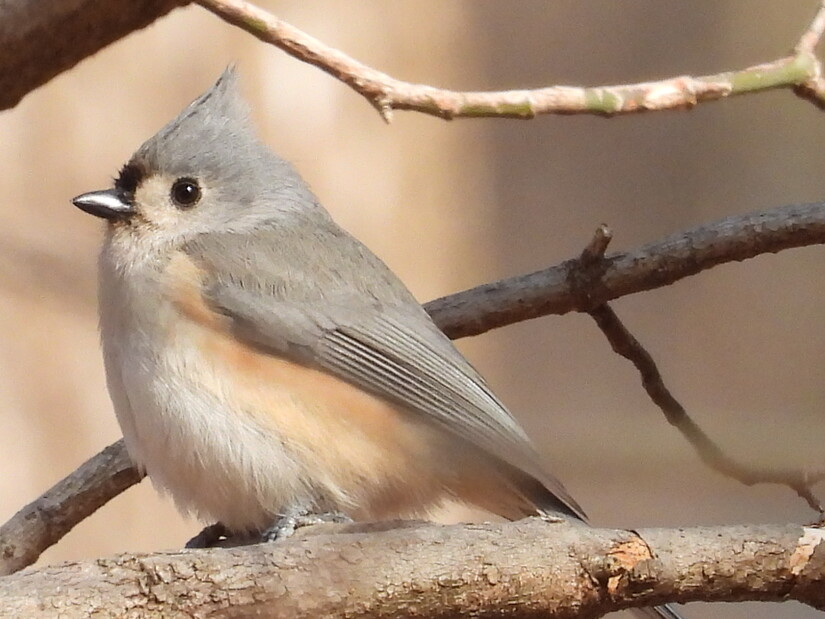
Yellow-billed cuckoos are more often heard than seen, as they like to blend in with high foliage. But their song is quite distinctive and recognizable. It is a loud series of hollow-sounding notes that lasts about eight seconds. The specific syllables may change, but generally their song is a series of ka-ka-ka-kas - almost a knocking sound.
https://www.allaboutbirds.org/guide/Yellow-billed_Cuckoo/sounds
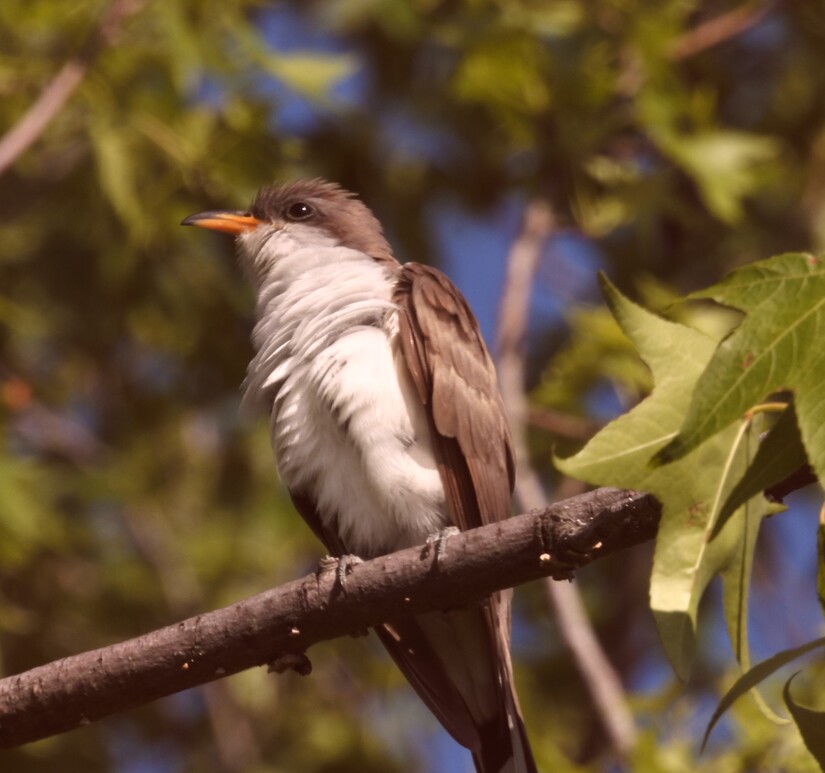
Barred owls are heard but rarely seen, as they tend to be nocturnal hunters. You can sometimes hear their haunting song at dusk. It echoes through fields and woodland and has one of favorite bird mnemonics: “Who? Who? Who cooks for you????”
https://www.allaboutbirds.org/guide/Barred_Owl/sounds
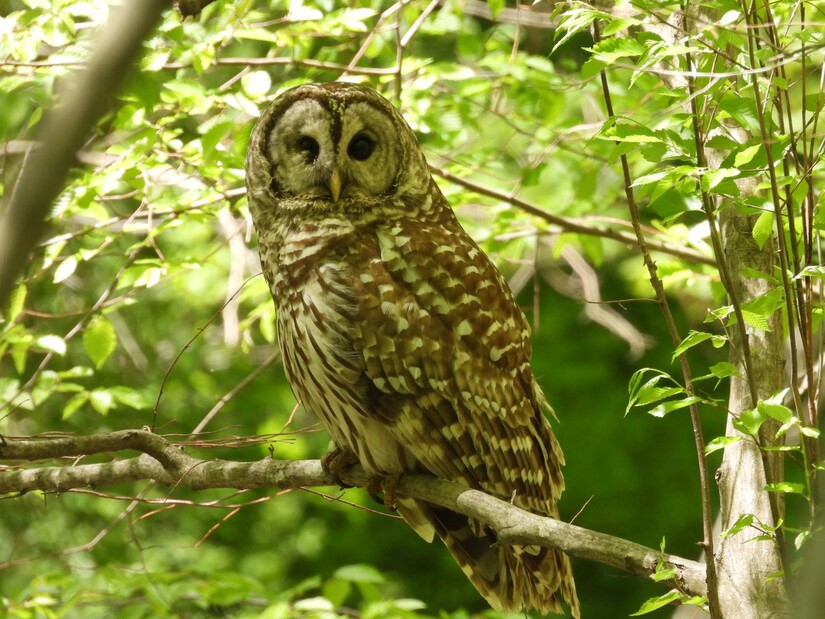
The mourning dove is a plain gray bird with a sorrowful voice. The song is so deep and haunting, it is sometimes mistaken for an owl. But mourning doves will sing throughout the day and almost anywhere in the Boyertown area. Its song is a soft coo-oo, followed by three louder and deeper coos.
https://www.allaboutbirds.org/guide/Mourning_Dove/sounds
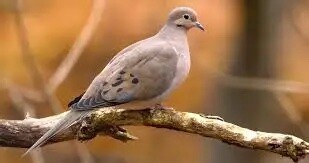
There are several hawk species in the Boyertown area. Red-tailed hawks are very common and can be found almost anywhere from woodlands to the sides of highways. I have seen many red-tailed hawks lurking about Boyertown parks. Their call is a boisterous and expressive scream that lasts for about three seconds, almost like a banshee wail. Red-tailed hawks are often confused with red-shouldered hawks as their appearances are so similar. In a future column, I plan to help birders differentiate between the two species.
https://www.allaboutbirds.org/guide/Red-tailed_Hawk/sounds
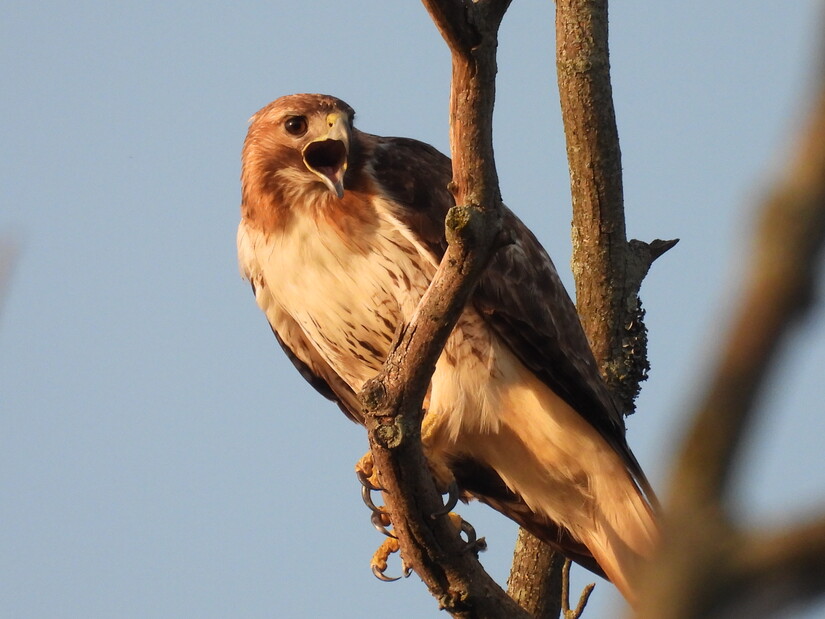
Eastern towhees are occasional visitors to woodlands. They hang low in the brush and can often be seen on the ground throwing around fallen leaves, searching for seeds and ground bugs. They tend to move through quickly when seen. I included them on this list because I absolutely adore their song - a loud, plaintive “Drink your TEEEEAAAAAAA!”
https://www.allaboutbirds.org/guide/Eastern_Towhee/sounds
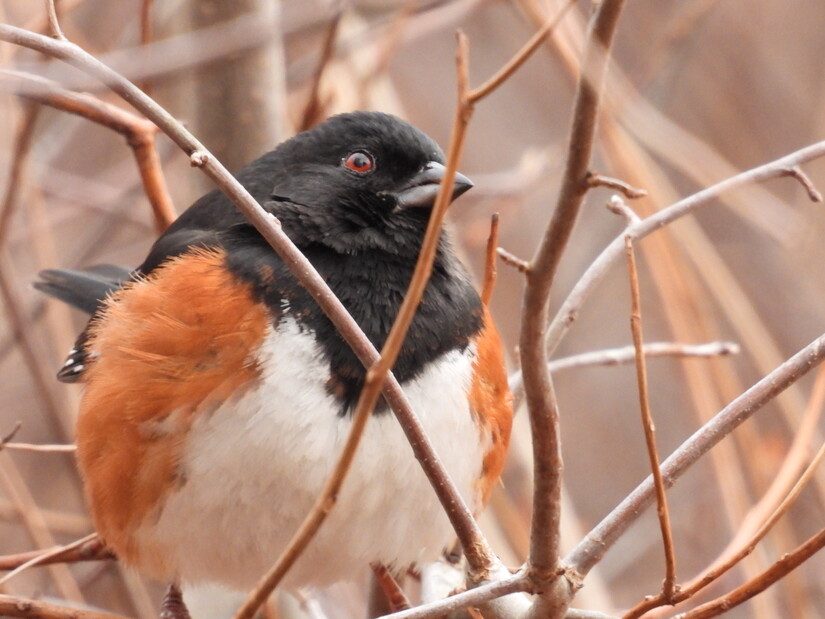
Indigo buntings are brilliant blue birds that can be seen in woodland clearings, like around power line right–of-ways, or where forests meet meadows. They are a treat to see and worth keeping an eye out for. Their sound is more subtle than other birds but worth learning. It is a series of sharp, high-pitched notes that sounds like they are chatting with other birds.
https://www.allaboutbirds.org/guide/Indigo_Bunting/sounds
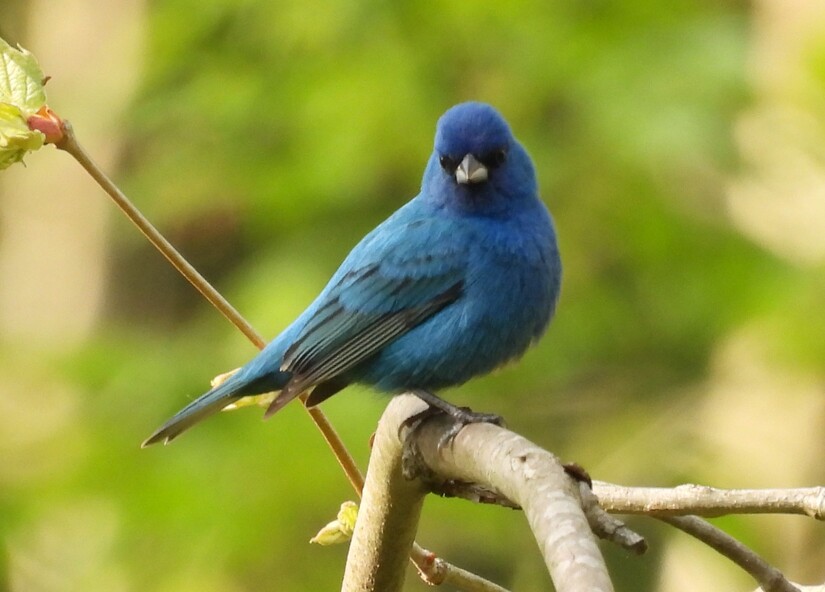
The red-eyed vireo is one of the chattier woodland birds in the Boyertown area. They are often out and about all day singing and chatting. This particular vireo species is soft gray with a white belly and devil-red eyes. Its song sounds like a continual succession of three-beat notes, with the last note of each set either raised or lowered, making it sound like it is asking and/or answering questions: “Where am I? Here I am. I am here.”
https://www.allaboutbirds.org/guide/Red-eyed_Vireo/sounds
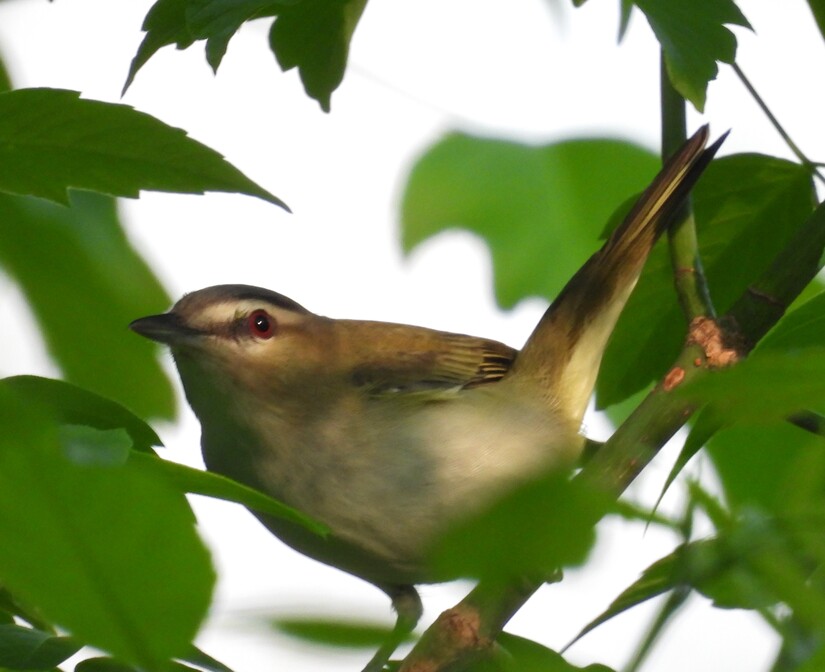
Scarlet tanagers may often be confused with cardinals, as they are both red birds. However, scarlet tanagers are more iridescent and sport a solid black wing. And whereas cardinals are often low in trees or in brush close to the ground, scarlet tanagers hang out high in tree canopies. But keep an ear out for the song of the tanager when hiking in woodlands, as seeing one is a treat for birders of all experience. Its call is four or five hurried notes of varying pitch.
https://www.allaboutbirds.org/guide/Scarlet_Tanager/sounds
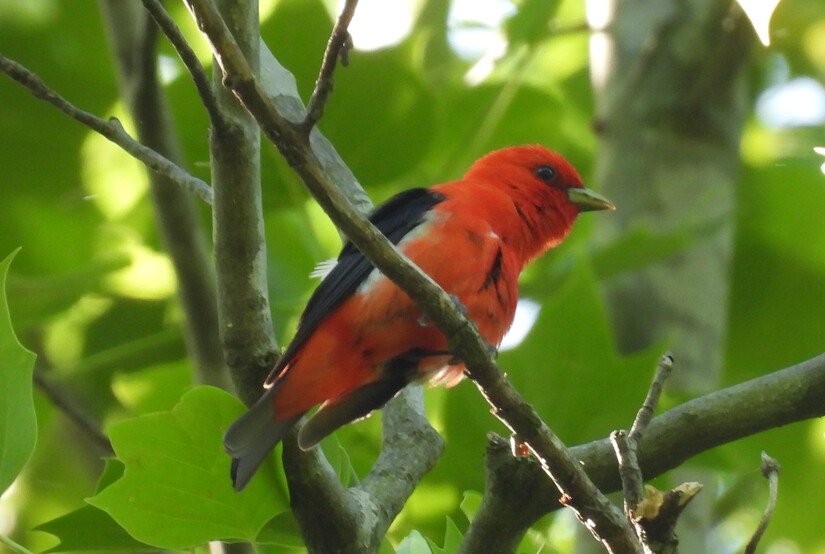
If you are hiking through woods and think you hear someone playing a flute off in the brush, fear not, you are not hearing things. It’s the song of the wood thrush - one of the loveliest sounds in the ornithological world. The wood thrush is rusty brown with a white belly full of brown spots, and its song is so unique and plaintive, it jumps out at you. It is worth going for a hike just to hear the lovely and melodic warble of the wood thrush.
https://www.allaboutbirds.org/guide/Wood_Thrush/sounds
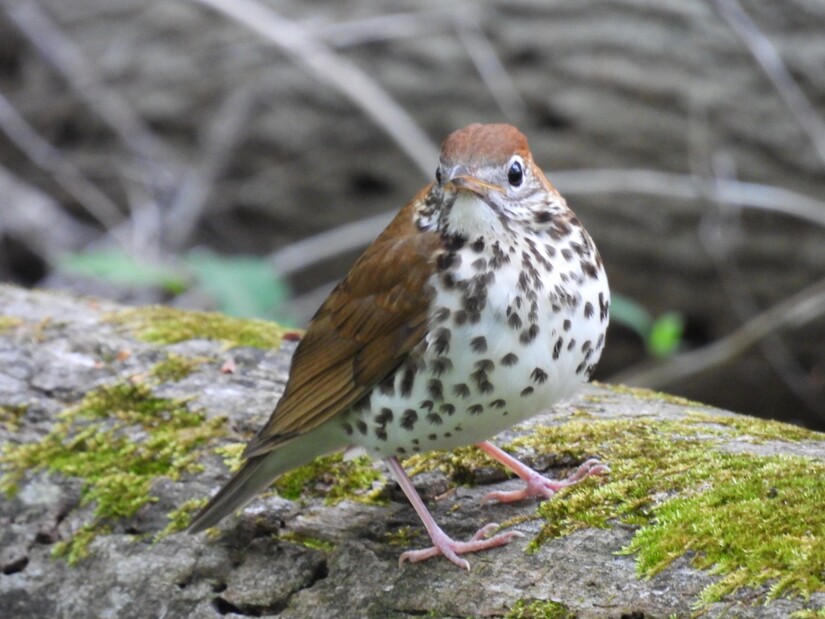
There are probably several species of sparrows loitering in the woodlands, but my personal favorite is the chipping sparrow. It’s a bit smaller than most sparrows and is identifiable by its rust-colored hat. Its call is quite unique - a series of fast, mechanical trills that sound almost insect in nature.
https://www.allaboutbirds.org/guide/Chipping_Sparrow/sounds
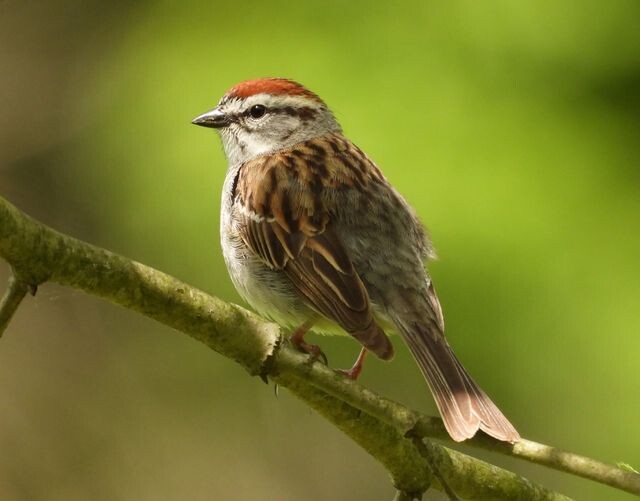
To repeat from last column, for those ready to learn the songs and calls of even more bird species, consider loading the free Merlin app to your phone. Developed by the Cornell Lab of Ornithology, it’s a very user-friendly learning guide to birds. You simply open the app, hold your phone up to a singing bird, and it will tell you what species of bird is singing. You can also download a bird picture to the app and it will identify the bird for you. You rarely see birders - both amateur and professional - in the field without their Merlin app turned on.
* Mike Strzelecki is a freelance travel and outdoor writer, and 1981 graduate of Boyertown Area Senior High School. He writes from his house in Baltimore, Maryland. In his spare time, he joins his wife on adventures around the country observing and photographing birds.
I so enjoy these birding articles, Mike! I once was lucky enough to photograph the elusive wood thrush, but had no idea until reading your article that the plaintive song I so often hear on my walks at Ridley Creek State Park near me were that of the thrush. What a joy to link the song and the bird!